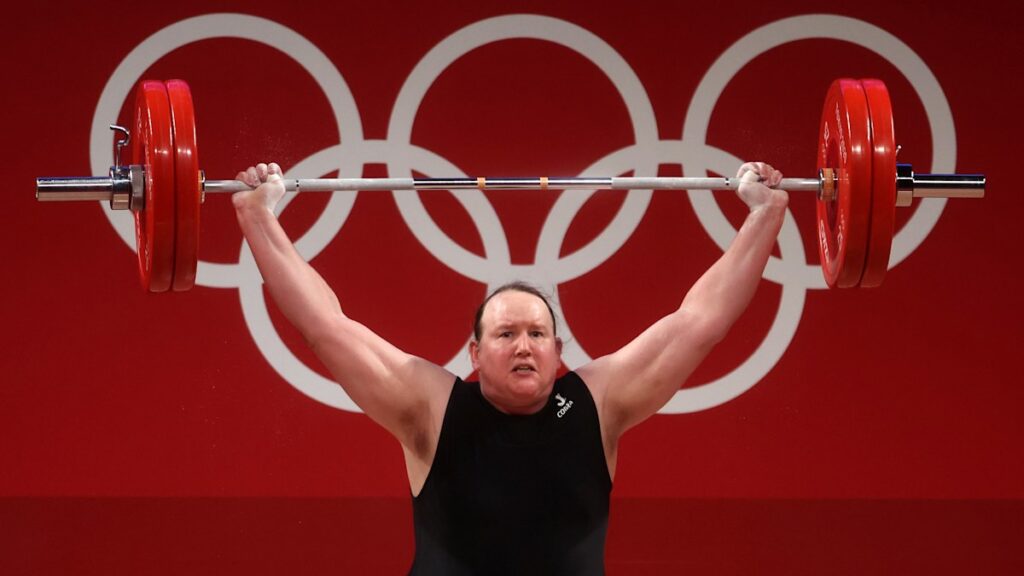
The International Olympic Committee (IOC) is currently deliberating on universal rules for transgender women competing in the Olympic Games. This comes amid reports suggesting the governing body is moving towards banning transgender women from participating in the female category by the Los Angeles 2028 Olympics.
Under the leadership of new president Kirsty Coventry, the IOC reversed its previous stance in June. It decided to spearhead the establishment of eligibility criteria for transgender athletes, a responsibility it had previously delegated to individual sports federations. This shift aimed to address the inconsistent policies that had emerged across different sports.
Establishing the ‘Protection of the Female Category’
In September, Coventry initiated the ‘Protection of the Female Category’ working group. This group comprises experts and representatives from international federations tasked with exploring how best to safeguard the integrity of female sports categories.
An IOC spokesperson recently stated, “An update was given by the IOC’s director of health, medicine and science to the IOC members last week during the IOC commission meetings. The working group is continuing its discussions on this topic and no decisions have been taken yet. Further information will be provided in due course.”
Reports from multiple sources, including the BBC, indicate that a ban could be implemented as early as 2026.
Historical Context and Current Regulations
Prior to Coventry’s decision, the IOC had refrained from imposing a universal rule on transgender participation, leaving it to international federations to develop their own guidelines. Under existing regulations, transgender athletes are eligible to compete in the Olympics.
Notably, only a few openly transgender athletes have participated in the Games. Laurel Hubbard of New Zealand made history as the first openly transgender athlete to compete in a different gender category than assigned at birth during the Tokyo Olympics in 2021.
While some international federations have established rules, others are still in the process of doing so. For instance, World Rugby and World Athletics have implemented bans on transgender athletes who have undergone male puberty from competing in female categories. World Aquatics allows participation for those who transitioned before age 12, but not after.
Impact of U.S. Policies
The issue of transgender athletes in sports has also been influenced by political decisions, particularly in the United States. Former President Donald Trump enacted the ‘Keeping Men Out of Women’s Sports’ order in February, prohibiting transgender athletes from competing in women’s sports at schools. This move has sparked criticism from civil rights groups, who argue it infringes on the rights of transgender individuals.
Following Trump’s directive, the United States Olympic and Paralympic Committee adjusted its policies, barring transgender athletes from participating in women’s sports. This decision aligns with actions taken by several sports federations, which have launched studies or altered rules to exclude individuals who have experienced male puberty from elite female competitions.
Challenges and Future Implications
The landscape remains complex, with sports like football yet to finalize comprehensive policies. FIFA, the sport’s global governing body, has not announced a definitive stance, although some associations, such as the English FA, have independently banned transgender players from women’s competitions.
Additionally, sports like boxing and athletics have introduced mandatory genetic tests for female athletes to identify the SRY gene, which influences male characteristics. These measures target athletes with differences in sexual development (DSD), who may possess male physical advantages despite being raised as female.
The ongoing discussions and potential policy changes by the IOC could significantly impact the future of transgender athletes in sports. As the Los Angeles 2028 Olympics approach, the world will be watching closely to see how these complex issues are resolved and what precedents they might set for inclusivity and fairness in international sports.






